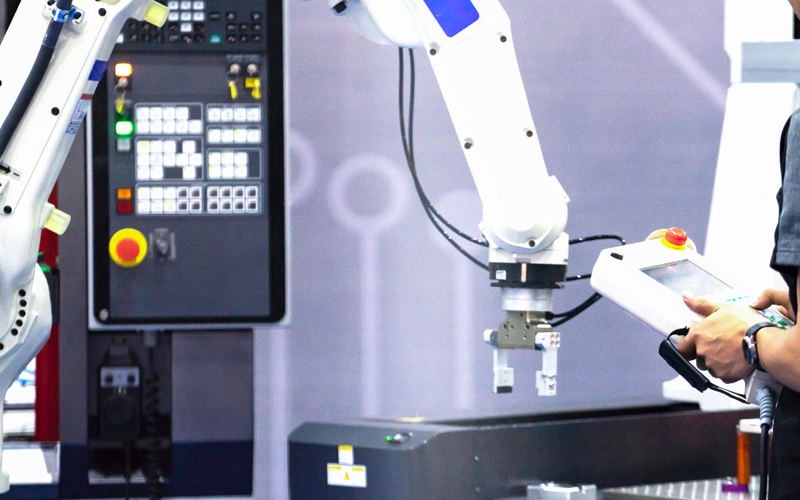As the technology and business landscape evolves, technologies integrate seamlessly with most business processes. However, with the dynamic global market and rapid technological advancements, the processes serving your businesses well yesterday might become inefficient today. Therefore, every business needs to constantly scrutinise its operations and optimise its business processes to stay in line with the dynamic industry trends and retain a competitive edge.
But creating flexible business processes that can change to keep up with the dynamic business landscape needs comprehensive insights into every facet of the business processes and an understanding of the key pain points. The traditional process mapping and modelling techniques are no longer enough to keep up with rapid technological advancements. This is where process mining comes into the picture, allowing you to monitor and optimise multiple business processes at once.
What is process mining?
A process, in simple terms, is just a series of actions necessary to complete a task from start to finish. Depending on the nature of your workflow, your business processes can be recurring, periodic, or one-time. Process mining takes this set of individual tasks defining a business process to monitor and analyse the event logs – associated with each process – and use data-driven insights to enhance their operational efficiency. This business process optimisation technique combines the principles of data science and process management to discover, validate, and improve your business workflows.
How does process mining work?
Process mining in BPM solutions relies on data from existing business systems – like ERP or CRM – to extract event logs of various business processes. You can use this information to visualise and model the processes to identify key pain points – operational patterns, potential bottlenecks, and areas of improvement.
RPA BPM solutions use the following steps to understand, monitor, and improve the key business processes in process mining.
Data collection
Collecting data from different sources – ERP, process logs, or business databases – to understand the various steps, actors, and events associated with different processes.
Process discovery
Using the available data to discover and visualise the underlying processes (process map).
Process analysis
Analysing the process maps to identify potential inefficiencies, deviations, bottlenecks, and other issues across processes.
Optimisation
Recommending process optimisation suggestions – like process automation, re-design, or other improvement initiatives – for business process optimisation based on process analysis.
Monitoring
Continually monitoring business processes to detect and mitigate process issues before they cause serious harm to the business.
Why should businesses practice process mining?
Process Mining differs from typical Process Management strategies in that it explores previously unexplored process regions. It is analogous to an x-ray for real-world process data, exposing many process variances and providing extensive operational insight across sectors. Process mining BPM solutions can help you:
- Map and visualise complex business processes
- Identify weak points, deviations, bottlenecks, and inefficiencies across processes
- Identify potential errors or fraud in business processes
- Continually monitor the effectiveness of optimisation measures
- Create automated process reports
This data-driven evaluation of your business processes can offer advantages, like
- Lower business costs in the long run
- Deeper understanding and optimisation of key business process parameters
- A better understanding of business process efficiencies with data-driven findings (instead of assumptions or subjective opinions)
- A well-founded data-driven decision-making process
Process mining use cases
Many modern businesses face issues like a lack of digitisation, inadequate data integration, poor data quality, and insufficient expert resources. Despite these challenges, process mining is becoming increasingly popular among modern businesses due to its implications across different industries and processes.
A few of the most common process mining use cases – for identifying and eliminating process efficiencies and bottlenecks – include:
- Business process optimisation
- Compliance monitoring
- Supply chain management
- IT service management
- Human resource management
- Finance and accounting operations
- Customer service
For organisations on the digital transformation journey, agility is key in responding to a rapidly changing technology and business landscape. Now more than ever, it is crucial to deliver and exceed organisational expectations with a robust digital mindset backed by innovation. Enabling businesses to sense, learn, respond, and evolve like living organisms will be imperative for business excellence. A comprehensive yet modular suite of services is doing precisely that. Equipping organisations with intuitive decision-making automatically at scale, actionable insights based on real-time solutions, anytime/anywhere experience, and in-depth data visibility across functions leading to hyper-productivity, Live Enterprise is building connected organisations that are innovating collaboratively for the future.
How can Infosys BPM help?
Infosys BPM Robotic Process Automation (RPA BPM) solutions allow you to build your next-gen digital workforce by eliminating inefficiencies and boosting productivity and agility while saving operational costs. Infosys BPM robotic process automation BPO, partners with you in your journey to business process optimisation with the help of process mining.







